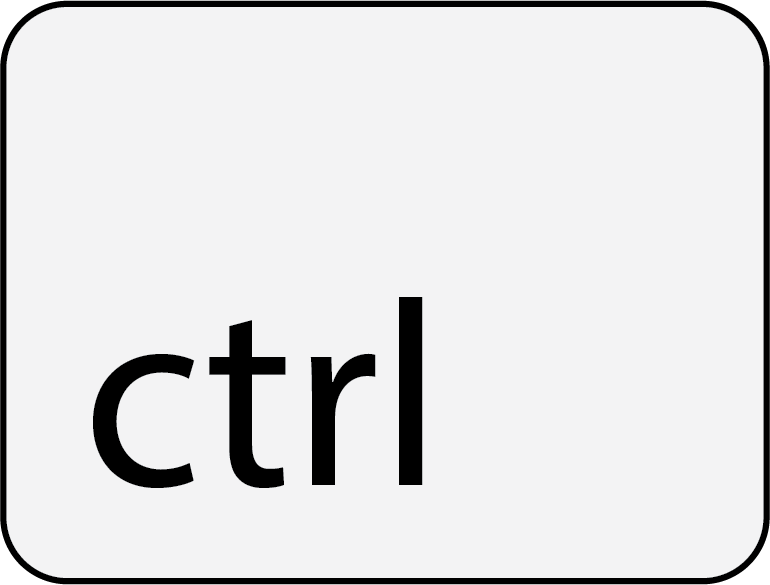Fully-developed laminar flow in an horizontal pipe means the fluid:
(1) only moves in the axial (z) direction.
(2) flow is at steady state.
(3) velocity is zero at the pipe wall.
(4) is constant velocity along a streamline.
(5) does not have axial mixing.
(6) velocity is maximum at the pipe center.
(7) has a Reynolds number \( Re < 2100. \)
Gravitational force is assumed negligible.
In terms of cylindrical polar coordinates, the z-direction Navier-Stokes equation can be written as:
\(
\rho (\frac{\partial u_r}{\partial t} + u_r \frac{\partial u_r}{\partial r} +
\frac{u_\theta}{r}\frac{\partial u_r}{\partial_\theta}
- \frac{u^2_\theta}{r} + u_z \frac{\partial u_r}{\partial z}) \\
= - \frac{\partial P}{\partial z} + \rho g_z + \mu (
\frac{1}{r} \frac{\partial}{\partial r}(r\frac{\partial u_z}{\partial r}) + \frac{1}{r^2}\frac{\partial ^2
u_z}{\partial \theta ^2}
+ \frac{\partial ^2 u_z}{\partial z^2}
)
\)
Where \(u_r, u_\theta , u_z \) is the fluid velocity in \(r, \theta, z\) directions; \(\rho\) is the fluid
density; \(\mu\) is the fluid viscosity;
\(P\) is pressure; \(g\) is the gravitational force; \(t\) is time.
This equation simplifies to:
$$
0 = - \frac{\partial P}{\partial z} + \mu \frac{1}{r}\frac{\partial}{\partial r}(r \frac{\partial
u_z}{\partial r})
$$
Where the pressure gradient in the z direction \(\frac{\partial p}{\partial z}\) is constant and equal to
\(\frac{\Delta p}{l}\).
The boundary conditions are:
$$
u_z(R) = 0
$$
$$
\left. \frac{\partial u_z}{\partial r} \right|_{r=0} = 0
$$
Where \(R\) is the pipe radius.
The solution for \(u_z\) is:
$$
u_z = \frac{R^2}{4 \mu} \frac{\Delta p}{l} (1-\frac{r^2}{R^2})
$$
Average velocity is half the maximum velocity:
$$
u_{avg} = \frac{ R^{2} \Delta p }{ 8 \mu l }
$$
References:
-
Gerhart, P. M., Gerhart, A. L., & Hochstein, J. I. (2016). Munson, Young and Okiishi's Fundamentals of
Fluid Mechanics. John Wiley & Sons. P.322.
 +
+  on Mac
or
on Mac
or  +
+  on Windows. To zoom in, use
on Windows. To zoom in, use  +
+  on Mac
or
on Mac
or  +
+  on Windows.
on Windows.